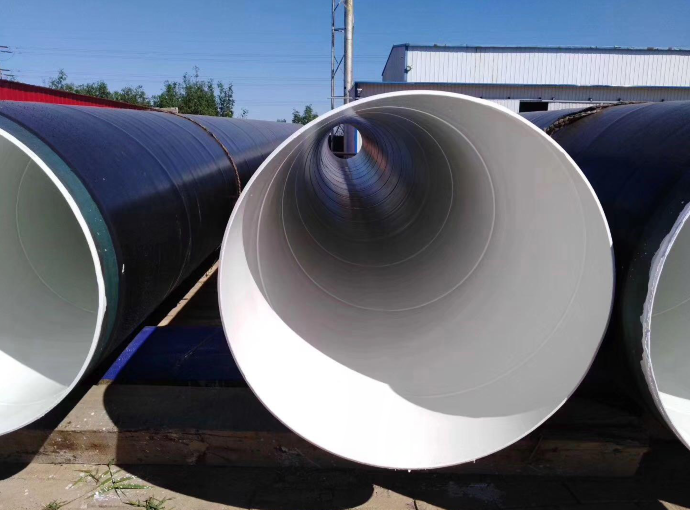
Analysis of Coating Types and Effects of Anti-corrosion Spiral Steel Pipes
With the development of industry and advancement of science and technology, spiral steel pipes (SSAW) are increasingly used in various fields. However, due to the influence of environment, climate and other factors, how to choose a suitable anti-corrosion coating to ensure the service life and safety performance of spiral steel pipes has become an important issue. This article will conduct a comparative analysis on the types and effects of anti-corrosion coatings on spiral steel pipes to help everyone make a wise choice.
Common types and characteristics of anti-corrosion coatings for spiral steel pipes:
1. Petroleum asphalt: cheap and easy to construct, but easy to age and has a short service life.
2. Epoxy resin: has excellent anti-corrosion properties and strong adhesion, but is difficult to construct and has high environmental requirements.
3. Polyurethane: good anti-corrosion performance, good wear resistance and impact resistance, but poor environmental protection and easy to produce toxic substances.
4. Polyethylene: good anti-corrosion performance and strong corrosion resistance, but average mechanical strength and wear resistance.
5. Polypropylene: It has good anti-corrosion properties and strong corrosion resistance, but its adhesion to spiral steel pipes is average.

Comparison of the effects of different coatings on spiral steel pipes:
1. Coating adhesion: Epoxy resins and polyurethanes show strong adhesion and can effectively prevent coatings from falling off.
2. Anti-corrosion performance: Petroleum asphalt and epoxy resin have good anti-corrosion properties and can effectively prevent corrosion by chemicals such as acids and alkalis. However, polyurethane and polyethylene are weak in resistance to microbial erosion and resistance to plant root puncture.
3. Wear resistance: Polyurethane and epoxy resin have good wear resistance and can resist wear and tear. Petroleum asphalt and polyethylene have poor wear resistance.
4. Impact resistance: Epoxy resins and polyurethanes have good impact resistance and can withstand large pressure and temperature changes. The impact resistance of petroleum asphalt, polypropylene and polyethylene is average.
5. Environmental impact: Environmental protection issues are the focus of today's society. When selecting an anti-corrosion coating, its environmental performance should be considered. For example, toxic substances may be produced during the production process of petroleum asphalt, polyethylene and polypropylene, while polyurethane is relatively environmentally friendly.
6. Economy: The prices of different coating types vary greatly, so economic factors should be considered when choosing and a reasonable choice should be made based on actual usage conditions.
Conclusion:
There are various anti-corrosion methods for spiral steel pipes, and different anti-corrosion coatings have different characteristics and scope of use. When selecting the anti-corrosion coating for spiral steel pipes, factors such as the adhesion, anti-corrosion performance, wear resistance, impact resistance, environmental performance and economy of the coating should be comprehensively considered. Only by selecting a suitable anti-corrosion coating based on the actual use environment and needs can the service life and safety performance of spiral steel pipes be ensured.
Read more: Spiral Welded Pipe Manufacturing Process
- 【Prev】 : OCTG Casing Quality Requirements
- 【Next】 : Spiral Welded Pipe Coating Specifications


